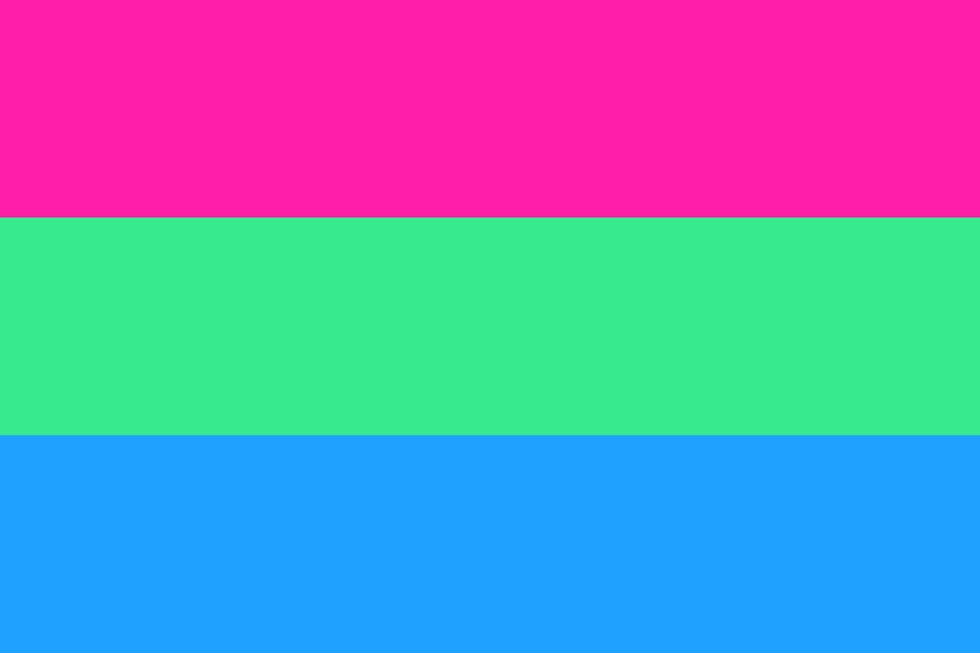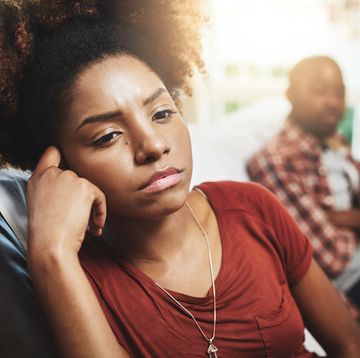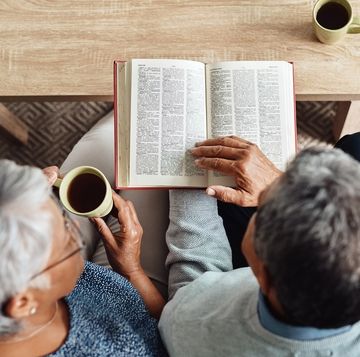22 LGBTQ+ Pride Flags and Their Meanings
Learn what each of the rainbow Pride flag colors mean and much more.

Pride Month is nearly here! If you've ever attended a Pride parade or lived in a community that celebrates LGBTQ+ people, you've probably seen a variety of colorful flags and may have wondered what each of them mean. We've got all the info you need about Pride flag meanings, so you can be informed and supportive.
"The pride flag is important because it gives visibility to the LGBTQIA+ community; that we exist and our community matters," Rev. Anne-Marie Zanzal explains to Woman's Day. She is an ordained minister working with cis and trans women coming out later in life to the LGBTQIA+ community. "It is also an identifier for other Queer folks that this person, business, or house of worship is safe to me as a LGBTQIA+ person."
In addition to the rainbow flag, you may have seen other flags which symbolize a variety of specific gender identities and sexualities. "There are also numerous sexual orientation flags including bisexual, pansexual, asexual, and more," shares Jillian Amodio, a social worker who works with LGBTQ+ populations and is the founder of Moms for Mental Health. "Making an effort in any way we can to be inclusive, and represent various populations and subcultures within a community is always important," she tells Woman's Day.
In addition to learning about the meanings behind Pride flags and displaying them at your home or workplace, you can also buy products that support organizations advocating for LGBTQ+ rights and reflect on quotes from the LGBTQ+ community.
22 Pride flags and what they mean:

Jamie Ballard (she/her) is a freelance writer and editor who covers news, lifestyle, and entertainment topics, including sex and relationships, TV, movies, books, health, pets, food and drinks, pop culture, shopping, and personal finance. She regularly contributes to Cosmopolitan, Woman’s Day, Good Housekeeping, and YouGov, among other publications. When she’s not working, you can find her running, traveling, or scrolling TikTok. Follow her on Twitter.

50 Best Gifts for Pregnant Women

The Best Gifts for Girlfriends

20 Best Rosh Hashanah Gifts

40 Best Gifts for Couples on Every Occasion



























